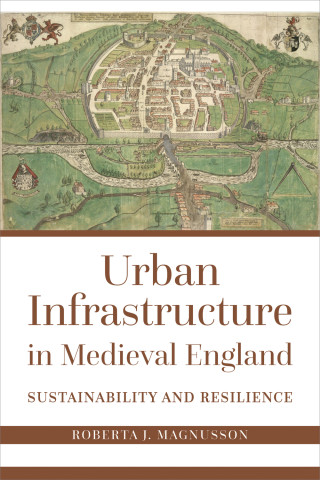
Reviews
Extraordinary guide to the hidden secrets of modern man-made miracles... Highly recommended.
It will appeal to the interested layperson who is curious about how structures work and about the factors influencing their development over several millennia. It would also be useful background reading for students of architecture and building (and even of engineering, if you don’t tell your professor).
Denny's new book is perfused with this sense of excitement... It is to be recommended.
The author's goal in writing this book is 'to explain, with technical accuracy but minimal math, why our large engineering structures... are built the way they are.' Denny, a theoretical physicist and author of numerous works facilitating an understanding of science concepts... does an excellent job with that.
This would be a good book to add to the school or department library, and anyone who is interested in the design of structures should find it an interesting read.
Denny has written an accessible volume that should be informative and entertaining to physicists who are not expert in structural engineering.
Structures stand, soar and collapse based on fundamental physics principles.
Denny's wry humor is fun to read and made me laugh out loud.
Denny largely sheds the complexity of mathematical constructs, distilling their most salient features into a more qualitative understanding of radar and sonar systems.
Indeed, Denny's writing is anything but dry and boring. He adeptly explains complex subject matter and does so with relatively simple language and minimal use of symbolic notation.
Book Details
Acknowledgments
Introduction: Heavyweight Engineering
1. Building Blocks
2. Truss in All Things
3. Towers of Strength
4. Arches and Domes
5. A Bridge Too Far
6. Dam It
7. The Bigger They Are, the Harder They
Acknowledgments
Introduction: Heavyweight Engineering
1. Building Blocks
2. Truss in All Things
3. Towers of Strength
4. Arches and Domes
5. A Bridge Too Far
6. Dam It
7. The Bigger They Are, the Harder They Fall
Afterword: Highbrow Engineering, Heavyweight Art
Technical Appendix
Glossary
Bibliography
Index






